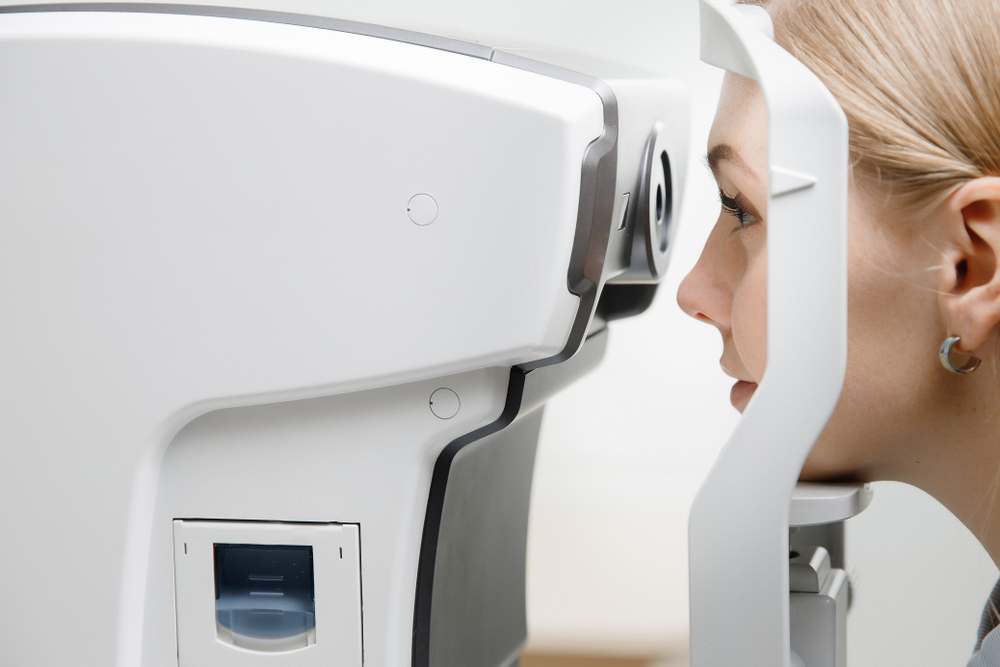
When it comes to protecting your vision, early detection and timely treatment are crucial. Two of the leading causes of vision loss—glaucoma and macular degeneration—can progress without noticeable symptoms until significant damage has occurred. Fortunately, advances in eye care technology, such as Optical Coherence Tomography (OCT), have made it possible to catch these conditions early and monitor them closely over time.
What is OCT?
Optical Coherence Tomography (OCT) is a non-invasive imaging technique that uses light waves to take cross-sectional pictures of the retina—the light-sensitive tissue lining the back of the eye. With this high-resolution imaging, eye care professionals can see each of the retina’s distinctive layers and measure their thickness. These detailed visuals help detect early changes associated with eye diseases and track their progression with remarkable precision.
OCT and Glaucoma
Glaucoma is often referred to as the “silent thief of sight” because it typically causes no pain or early symptoms. It occurs when increased pressure in the eye damages the optic nerve, leading to permanent vision loss. OCT is a powerful tool in managing glaucoma because it:
Measures the thickness of the retinal nerve fiber layer (RNFL) to identify early nerve damage
Detects subtle changes that may indicate the onset of glaucoma before vision loss occurs
Monitors the effectiveness of treatment by comparing images over time
With OCT, your optometrist can detect glaucoma in its earliest stages and intervene before vision is affected.
Benefits for Macular Degeneration
Age-related macular degeneration (AMD) is another leading cause of vision loss, particularly in individuals over 60. It affects the macula—the part of the retina responsible for sharp, central vision. OCT plays a critical role in diagnosing and managing both dry and wet forms of AMD by:
Detecting early signs of macular thinning or drusen (deposits under the retina)
Identifying fluid or bleeding beneath the retina, common in wet AMD
Monitoring disease progression and response to treatments like injections or nutritional therapy
The ability to visualize even minor changes in the retina helps your eye doctor tailor treatment plans and preserve your central vision for as long as possible.
Why Regular Eye Exams Are Essential
OCT is typically performed as part of a comprehensive eye exam, especially if you’re at risk for glaucoma, macular degeneration, or other retinal conditions. These detailed scans take just a few minutes and are completely painless, making them a routine yet powerful part of modern eye care.
Schedule Your Eye Exam at Vista Family Eye Care Today
At Vista Family Eye Care, we believe that the best defense against vision loss is early detection. Optical Coherence Tomography allows us to diagnose and monitor serious eye diseases like glaucoma and macular degeneration with unmatched accuracy. Whether you’re managing a current condition or coming in for a routine checkup, our advanced technology ensures your eyes are in expert hands.
If you’re concerned about glaucoma or macular degeneration, schedule a comprehensive eye exam with OCT at Vista Family Eye Care. Visit our office in Liberty Hill, Texas, or call (737) 707-2155 today.






